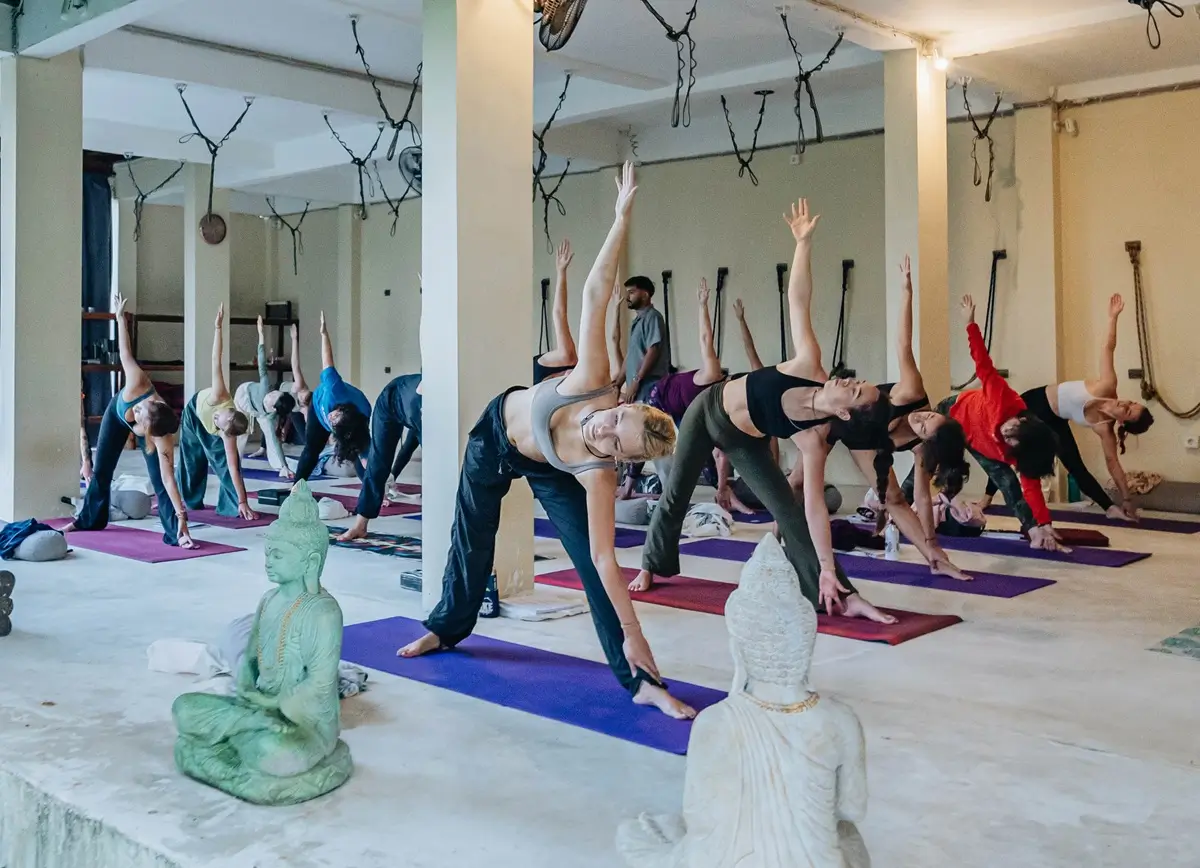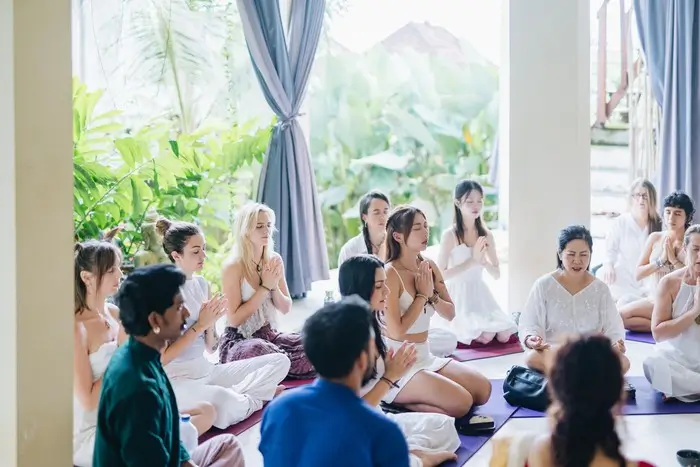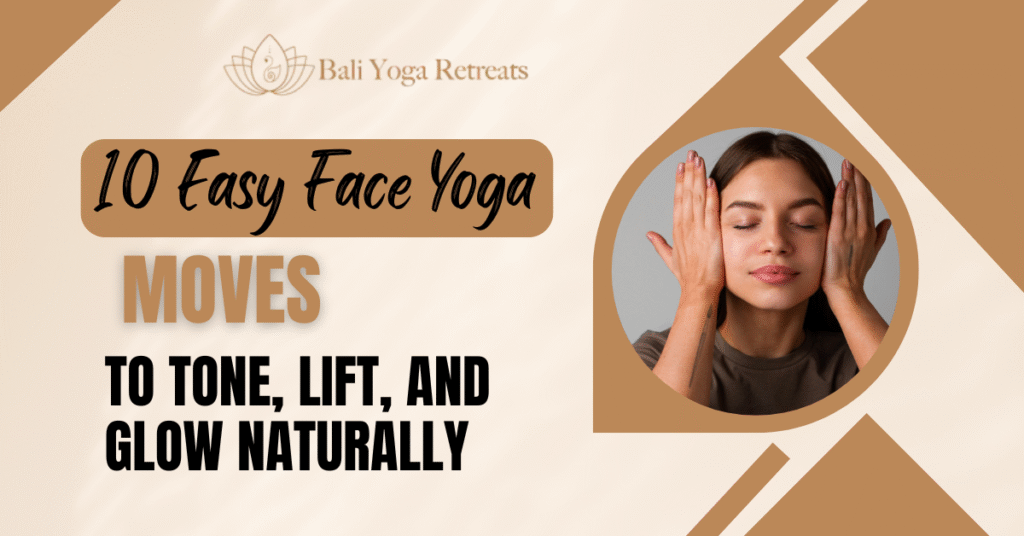What Exactly is Dream Yoga?

Dream yoga is a special practice that blends meditation and sleep. It takes lucid dreaming and turns it into a spiritual exercise. When you keep on practising over time, you will learn how to stay aware in your dreams. You get the chance to notice what’s really going on inside your mind and heart with more clarity. In Tibetan Buddhism, dream yoga helps you face fears, soothe emotional wounds, and deepen your sense of peace. As you keep at it, you may notice more creativity, better problem-solving, and a stronger feeling of connection to the world around you.
Why Might You Practice Dream Yoga?
Do you ever wake from a dream feeling puzzled, inspired, or unsettled? Dream yoga helps you meet those feelings directly while you’re still asleep. By working with your dreams, you learn how your mind constructs reality, and you practice staying calm when surprises pop up. Over time, this can carry into your waking life, giving more clarity, less stress, and sharper focus. Most People also use dream yoga to deal with old emotional wounds. Others simply love the joy of steering their sleep stories. Whatever your goal, dream yoga offers a fun, low-cost way to explore your psyche every night.
How Do You Get Ready Each Night?
What you do before bed sets the stage for dream yoga. The first step is to be consistent with your bedtime. Going to bed at the same hour every day will help your body to be in a healthy rhythm. Next, dim the lights and turn off screens at least 30 minutes before you lie down. You could read a gentle story, listen to soft music, or do a short body scan to relax tension. Finally, set a clear intention: tell yourself out loud, “Tonight, I will recognize when I’m dreaming.”This simple assurance helps your brain remain on high alert even as you fall asleep.
What Simple Tools Can You Use?
You don’t need fancy gadgets to start. Here are three easy tools to support your practice:
- A notebook and pen by your bedside.
- A gentle alarm or phone reminder around 4–6 hours after you fall asleep.
- A guided meditation or soft mantra to play as you drift into sleep.
Jot down any dream you remember the moment you wake. That habit builds your dream-recall muscle. The mid-sleep alarm can help you wake during REM ( Rapid Eye Movement), when dreams are most vivid. And a calming mantra helps you fall back asleep with clear intention, making it easier to slip into a dream while staying aware.
Dream Yoga in the Bön Tradition: Insights and Practices
Mi-lam, also known as dream yoga in the Tibetan tradition, is a method for remaining aware during the dream state in order to realize the emptiness of dreams & apply this realization to both dreams & waking life. In Bön, dream yoga is part of Dzogchen teaching, which stresses the clear light nature of the mind, while inducing lucid dreaming and conscious transcending of dream imagery.
What Basic Techniques Can You Start With?
How do you actually practice in a dream? Try these steps:
- Reality checks during the day. Ask yourself, “Am I dreaming?” Look at your hands or try to push a finger through your opposite palm.
- Dream journaling. Write down every detail you can recall colours, people, feelings.
- Mid-night wake-back-to-bed.
These methods train your mind to question reality and stay mindful. With regular practice, you’ll begin to notice dream signs repeating themes or symbols that tell you you’re in a dream.
How Will You Know You’re Dreaming?

Spotting a dream can feel magical. Here are clues to watch for:
- Text or clocks that change when you look away and back.
- Flying, walking through walls, or other impossible events.
- Emotions that spike quickly without an obvious cause.
- Unfamiliar places that shift around you.
When you notice one of these, pause and breathe. Remind yourself, “This is a dream.” That simple statement can anchor your awareness so you stay conscious inside the dream instead of waking up right away.
How Can You Remain Calm After Realizing You’re Dreaming
You can be happy or surprised when you realize you are dreaming. Here, a few ways to stay calm-
- Take a few long and slow deep breaths.
- Try to pay attention to the specific things of your environment in your dream, such as color, shape, or feel..
- Walk slowly or take small actions to remind yourself that you are in control.
Do this to prevent from waking up in terror. To stay in the moment, you can try simple tasks like walking or talking to a dream character after you feel a sense of balance. Your dream yoga practice grows longer and more clear with the regular effort to remain calm.
These steps help you avoid waking yourself with a jolt of adrenaline. When you feel you’re ready, you can attempt simple things, like walking or speaking with a dream character to strengthen your sense of presence. The more you train yourself to remain calm, the longer your dream yoga session can go on.
How Often Should You Practice?
Consistency is key. Aim for at least four sessions per week:
- Nightly intention setting.
- Daily reality checks.
- Dream journaling each morning.
- Check your journal every week to identify any patterns.
Even on the nights you don’t have a lucid dream, your mind is training itself. Gradually you will recall more dreams, sleep soundly and become more adept at maintaining awareness while you dream.
So How Do You Keep Track of Your Progress?
It helps to stay motivated to keep track of your Dreams. Try these simple habits:
- Write your dreams in your journal and note any lucid moments.
- Look for patterns like specific people, places, objects or emotions that keep on repeating
- Rate each entry for clarity (1–5 stars).
- Write a short reflection: “Last night I recognized I was dreaming when.
Over weeks and months, you’ll see patterns: maybe a certain dream sign appears often, or your calm-staying techniques improve. Celebrate each small win every moment of awareness counts in dream yoga.
What Do You Do After A Dream Yoga Session?

Once you wake up and record your dream, pause briefly to unwind and reflect
- Review your notes and underline the details you like best.
- Jot down any real-life insights you gained from the dream.
- Say a brief gratitude phrase, like “Thank you for my dreams.”
Taking gratitude into your morning can help lighten up your mood and gives strength to practice the same process again tonight. With time, dream yoga may feel as routine as your morning stretch or cup of tea.
Bonus: Next Steps and Further Exploration
You’ve got the basics now where can you go from here?
- Explore guided dream yoga courses or apps for deeper instruction.
- Join online groups to share dreams and tips with others.
- Practice mindful breathing or imagine things before you go to sleep.
- Read classic texts like “The Tibetan Yogas of Dream and Sleep” for deeper context.
- Combine dream yoga with waking meditation to go deeper into self-awareness
As you grow your practice, you may discover new ways to blend dream and waking life into one continuous journey of awareness. Enjoy the adventure, and happy dreaming!
Frequently Asked Questions
Is it common to wake up in the middle of the night while doing dream yoga?
Yes! Some nights, you even wake yourself up on purpose. Doing so can make it easier for you to fall back asleep and get a clearer look at your dreams.
How long before I will see any effects of dream yoga?
It varies, but if you’re consistent (goal-setting before bed, dream-writing, reality-checking) you should start to see your dreams more vividly and feel more relaxed in a few weeks.
What if I forget my dreams?
You might also experiment with recording scraps of your dreams in a notebook each morning, no matter how trivial they seem. Do this daily and soon you will remember more of your dreams and see patterns.
















